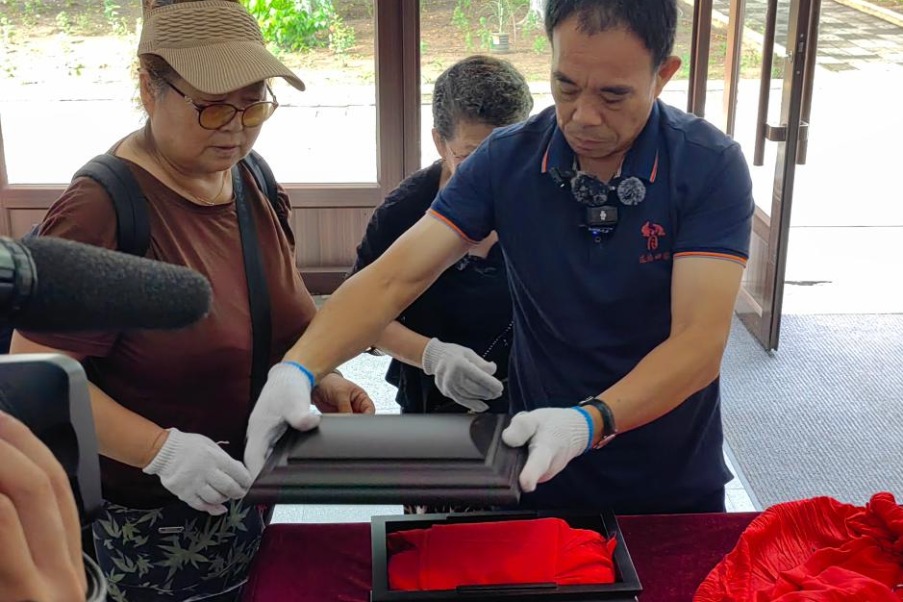China upgrades spacecraft reentry and descent technology

BEIJING - China has successfully tested its new space program's reentry and descent technology, which makes landing heavier spacecraft possible.
Current spacecraft landing methods such as parachute and airbag landings can not satisfy the deceleration needs of heavier manned spacecraft reentry missions, according to China Aerospace Science and Technology Corporation (CASC).
The CASC successfully conducted three experiments, involving upgraded parachute and airbag landing techniques as well as the inflatable reentry and descent technology (IRDT).
It published the test results on its website earlier this week.
The upgraded parachutes proved reliable with strong structure and performance and can be used to slow down a spacecraft at the initial stage of reentry.
According to the test results, the upgraded airbag landing technology uses high-impact materials to cover spacecrafts during landing and can increase the current deceleration capacity.
IRDT is a brand new integrated inflatable heat insulating deceleration system that CASC has deployed in experiments.
Future recoverable capsules based on IRDT technology can land spacecraft without heat shields and parachutes.
IRDT-based recoverable capsules will be able to provide buffer and protection to spacecraft when landing while inflating air bags which cover the spacecraft.
The technology will be used in deep space exploration and the quick return of space stations, scientific experiment satellites and space freight, said the CASC.
- Chinese researchers develop movable electrode for more advanced brain-computer interfaces
- China launches construction of high-precision telescope project on 'roof of the world'
- South China city reports over 1,700 Chikungunya cases
- Xinjiang starts building new expressway linking north and south
- Intl tourists captivated by traditional opera gala in Kunshan
- Training and transport jets showed at Changchun air show




































